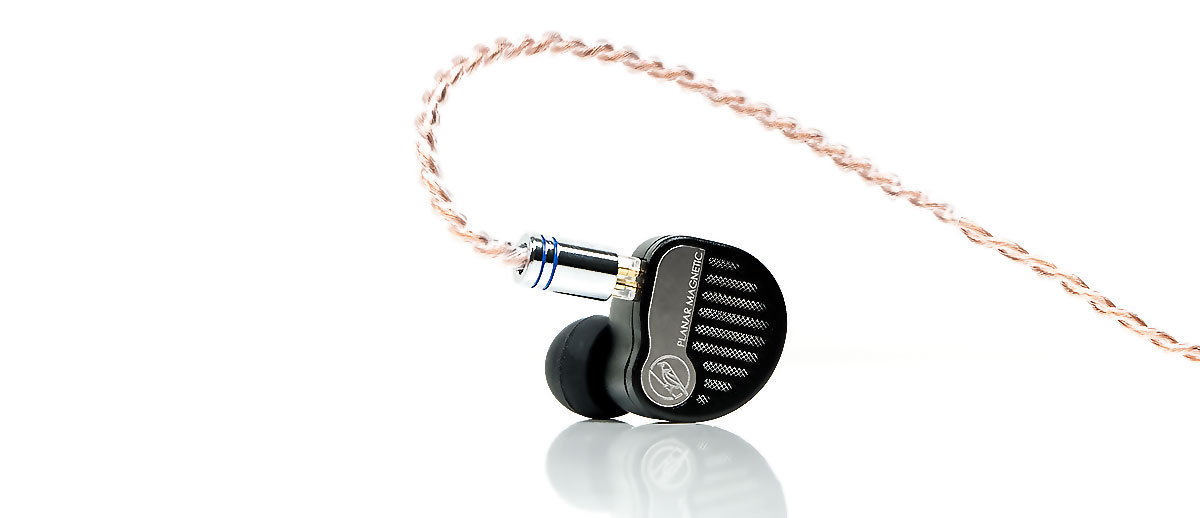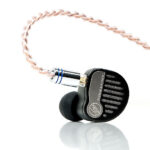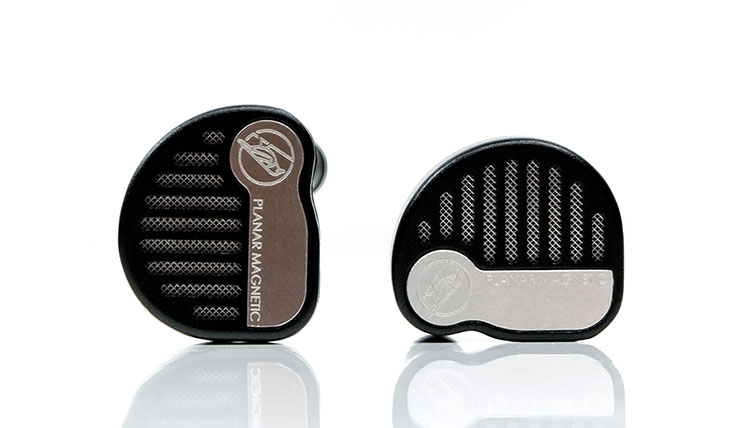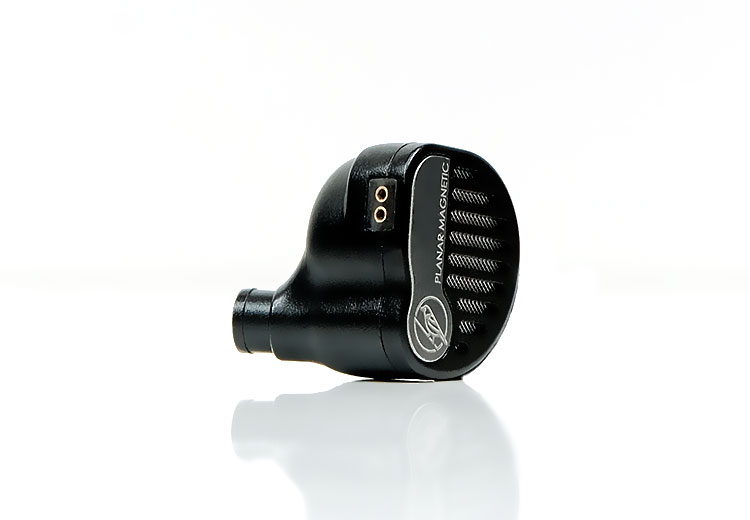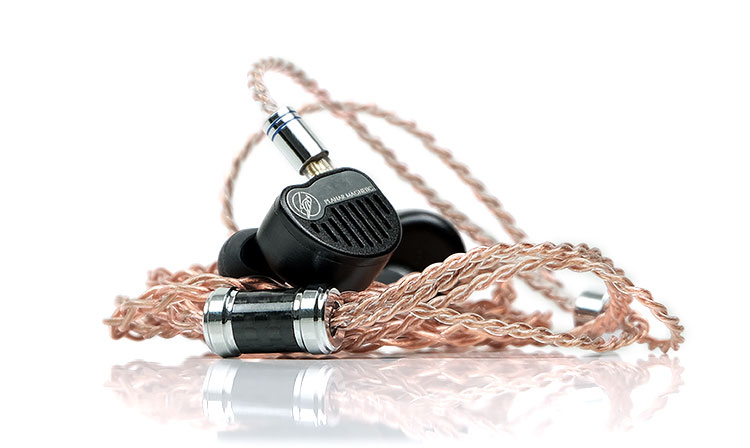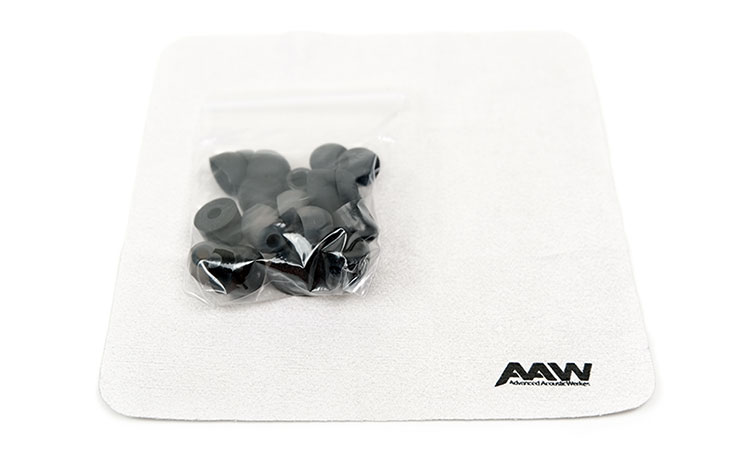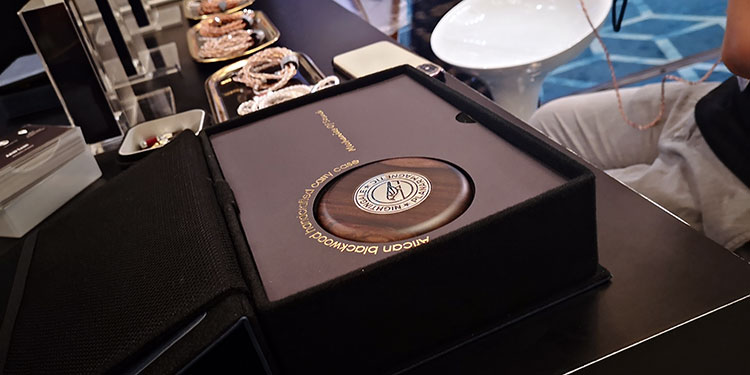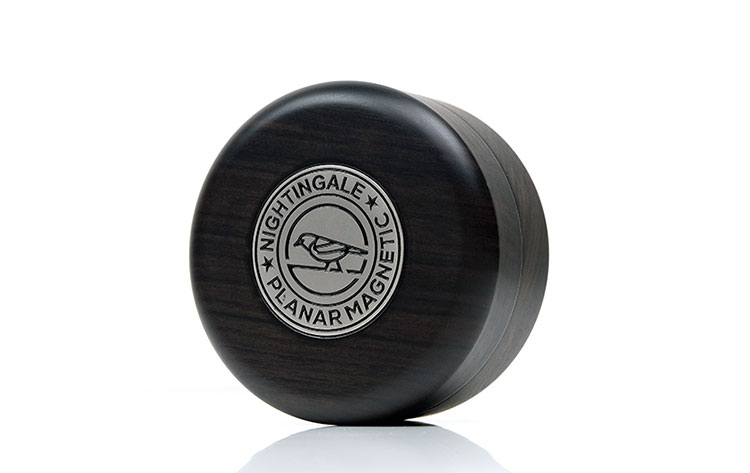Today, we review the AAW Nightingale, which is the company’s first universal in-ear monitor featuring a 15mm MPMTM micro planar magnetic driver. It is priced at SG$1399.
Disclaimer: The AAW Nightingale sent to us is a sample in exchange for our honest opinion. We thank the teams at AAW for giving us this opportunity.
To read more about AAW (Advanced AcousticWerkes) products featured on Headfonics click here.
Note, this article follows our scoring guidelines which you can read up on here.
So, we have played around with the Nightingale now for a few months and anyone reading our initial First Contact article earlier in the year feel free to jump to page 2 for an in-depth on performance and comparisons as there may be a degree of overlap on page 1.
For those coming to the Nightingale for the first time feel free to read on regarding Advanced AcousticWerkes, or AAW’s debut planar magnetic open-back universal monitor.
This is by no means our first in-ear planar magnetic review. Planar IEMs excite me because they have, to date, sounded and looked very unique. They are also quite a contrasting sound to 2019’s almost dominant electrostatic craze.
Designs from Unique Melody and Audeze’s very eye-catching iSINE and LCDi4 open back have created many talking points. AAW’s SG$1399 Nightingale could well be another with a tuning that I immediately recognized as one that most planar fans will enjoy.
Tech Inside
The Nightingale is a universal monitor with an open-back design. That does mean you will not get top levels of isolation but, in order for the planar driver to properly breathe and sound spacious, it does need to have an open design element to it. In fact, almost every planar monitor I have seen is semi-closed or open-back.
At its heart, the Nightingale uses a 15mm MPMTM micro planar magnetic driver with a PVD-deposited voice coil planar diaphragm. The internal wiring is finished with UPOCC Copper and that might just give you a hint of the type of sound signature you can expect from the Nightingale.
The driver is a little smaller than the 18.5mm used in the ME.1 and a fair bit smaller than the 30mm variants found in the iSINE and LCDi4 but it does allow AAW to shrink the size right down to something far more compact so it does look very much like an everyday in-ear monitor.
Design
The black and silver combo matte black aluminum design is plenty cool and has all the trademarks of a planar open-back headphone design miniaturized to fit in your ear. It is not a huge monitor either and placing the Nightingale beside the ME.1 and iSINE 10 it does look far more compact.
It is also fairly solid and heavier than most acrylic monitors. Given it is packing magnets inside and using a CNC machined aluminum housing as well as some metal on the faceplates that is not surprising.
The form factor is not quite custom universal. It does not have those deep contoured dips and valleys which I suspect is more to do with the constriction of the more rigid and wider planar driver design than any lack of design ambition.
The visual is really dominated by that front open-back ‘window shade’ faceplate and silver alloy grill behind. The design is accented with a solid aluminum plate to the side with the Nightingale logo and ‘Planar Magnetic’ strapline etched into it.
It has a sort of ‘noire’ 40s look to it if you ask me; looking stylish but not overstated or garish in appeal. If you have seen Babylon Berlin on TV recently then you will know what I mean by that.
Cable
Connectors
The Nightingale uses a flush socket over-the-ear connector design with 0.78mm 2-pin sockets and is designed to be worn with the cable running over the ear.
They are a joy to fit not just with the supplied cable but with just about any aftermarket cable I have. There is very little stiffness in the socket so you will not damage the monitor by pushing in your own cables. FYI, there are no MMCX or other connector variants on offer.
Stock Cable
AAW does some great cables with their close relationship with Null and the Nightingale comes with a stock cable that is well above average.
This is Null Studio’s Symphonym Tiburon UPOCC Copper Cable which is sold separately for $169. I would place it on par with Effect Audio’s Ares II as a solid upgrade cable.
The Tiburon is a 1.2m 4-wire 26AWG UPOCC Litz wire insulated in a transparent thermoplastics jacket. You can easily see the copper underneath and also nicely matches with the internal copper wiring of the Nightingale to deliver a single blend of wiring throughout the design.
The cable is finished with matching aluminum alloy barrels with carbon fiber wraps for the 3.5mm TRS jack and MMCX connectors. It is not the lightest of cables but it is very quiet, very tangle-free, and delivers a typically copper-rich smooth performance.
Comfort In-Ear
The comfort is excellent actually. The shaping doesn’t really exert any pressure on the concha basin of my ear. In all honesty, the Nightingale is not that wide of a monitor anyhow so it is not really touching sensitive areas.
The cable runs straight and over and not pushing inwards so you won’t feel any pressure on the ear either. There is a tiny bit more pressure to the ear of the ear from the generous memory wire on the cable combined with its weight but nothing significant. The memory wire coating is quite soft actually so it will not dig in.
The nozzle isn’t too long so some of that final word in comfort will depend on the tips you use and the nightingale does come with a fairly wide selection of tip options to help you out with that.
I found the supplied bi-flange tips to work best in terms of securing the Nightingale drivers in the ear.
Tips
The official listing is “assorted ear tips” but what I actually got was a set of foams in small, medium, and large and 2 similar-sizing sets of single-bore silicone tips. On top of that, you get a single set of bi-flange tips making a total of 10 pairs in the Nightingale package.
That is not bad actually and there is a distinct difference between the regular black single-bore silicone and the translucent/grey variants.
The translucent and grey have a much stiffer stem and denser silicone material whereas the all-black single bore tips are much lighter and softer. The bi-flange has a similar consistency to the black tips also.
Isolation
You will not get much of a seal from the Nightingale due to the open-back nature of its design. You can mitigate the level of leakage a little though with the supplied foam tips but it is marginal.
The tips will affect the emphasis in the Nightingale’s presentation though and as you would expect the foams will thicken the sound whereas the silicone options will lighten it up and deliver something a bit more spacious sounding.
My listening gravitated towards the dual flange tips as the best compromise between comfort and performance. I get a bit more low-end girth which the Nightingale excels at but at the same time, it doesn’t sound too closed in.
Accessories & Packaging
I wish I could give you the complete unboxing experience but sadly the sample sent to us was slimmed down and not the full retail package.
However, I did get to grapple with the retail packaging at CanJam Singapore 2019 so I can give you some pics from that and a rundown of what you can expect.
The packaging is quite grand for a monitor but for the price perhaps fitting. AAW has expanded its smaller blue flip-top cases from its mid-range offerings into much bigger and more complex blue cases with quite a display layout inside.
These vinyl-finished blue cases are pretty sturdy and packed with copious layers of foam for safe shipping.
Inside, you get a compact and very attractive wood veneer-finished round case for day-to-day usage, and the main driver units are on display right beside the case. Underneath the foam layers, you get a small accessory box that includes the following items:
- 48″ Symphonym Tiburon Cable
- Cleaning Cloth
- Flight & 1/4″ adapter
- Assorted Ear Tips
Click on page 2 below for our sound impressions and selected comparisons.

